Exploring Elbow Joint Injections for Golfer's Elbow
Are you curious about how elbow joint injections can help alleviate the pain, swelling, or discomfort associated with golfer's elbow? In this educational blog, we'll delve into the mechanics of this procedure and how it can offer relief to those affected by this common condition.
Understanding Elbow Joint Injections
Elbow joint injections are a valuable medical intervention used when conservative treatments fail to resolve the discomfort associated with conditions like golfer's elbow, medically known as medial epicondylitis. This procedure involves the insertion of a small needle into the joint space to deliver specific medications or biologic substances. The most frequently used medications for these injections are corticosteroids (commonly referred to as steroids), but alternatives such as Platelet Rich Plasma (PRP) and stem cells can also be safely administered into the joint space.
Golfer's Elbow: Beyond the Golf Course
Medial epicondylitis, more commonly known as golfer's elbow, gets its name from the location of the affected tendon on the inside of the arm and elbow. This particular tendon plays a crucial role in wrist movement, aiding actions like bending and twisting, which are reminiscent of swinging a golf club – hence the nickname.
Surprisingly, the majority of individuals who experience golfer's elbow are not necessarily golfers or tennis players. In fact, this condition is often linked to overuse rather than specific sports activities. Everyday tasks such as typing on a computer or engaging in repetitive actions at work can strain these tendons, leading to minor tears and, ultimately, pain.
Symptoms of golfer's elbow typically manifest as discomfort on the inner side of the elbow, in contrast to tennis elbow, which affects the lateral epicondyle tendon on the outer side of the elbow. For those who suffer from severe cases of medial epicondylitis, elbow injections can offer a welcome respite from the pain.
The Science Behind Medial Epicondylitis
Medial epicondylitis is a form of tendonitis triggered by the overuse of the medial epicondyle tendon. Any activity or sport that repetitively engages this tendon can lead to micro-tears and damage, resulting in pain and impaired function. Recognizable symptoms of golfer's elbow include pain on the inside of the elbow, along with tingling or numbness in the hand. Individuals with medial epicondylitis may also experience increased pain when making a fist and may notice a weakening of their grip.
While the initial approach to managing golfer's elbow usually involves rest, icing, and the use of anti-inflammatory medications, some patients may require more advanced medical treatments, such as elbow joint injections, to find relief from their discomfort.
In conclusion, elbow joint injections can be a promising solution for individuals suffering from golfer's elbow when more conservative treatments fall short. By understanding the mechanics of these injections and the science behind medial epicondylitis, patients can make informed decisions about their treatment options and ultimately find the relief they need.
